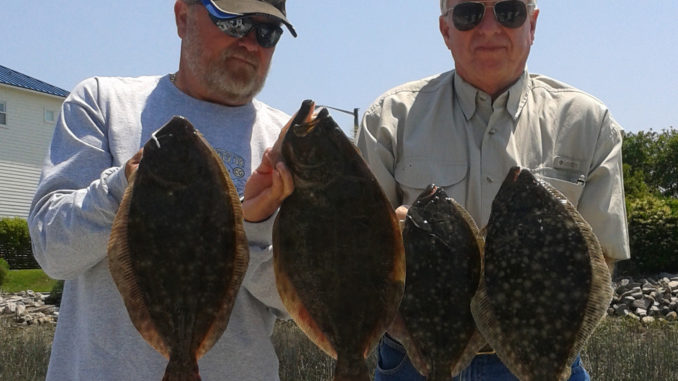
Over the past several decades, Cherry Grove’s inshore waters have become more and more shallow from accumulated sediments. Only a few of the 28 artificial canals are navigable, with most of these waterways completely devoid of water on lower stages of the tide, and the main channel narrowing and heading towards total elimination in this ecosystem.
But progress is finally here through the passage of a bill in June 2011, and progress towards securing the necessary permits from federal and state regulatory agencies is ongoing.
Beginning on June 7, the bill will take man-made canals in the Cherry Grove section of North Myrtle Beach out of S.C. Department of Health and Environmental Control’s jurisdiction — the first true victory for this project. Ever since, the federal permitting process regulated by the U.S. Army Corps of Engineers is underway, with only a few details left for negotiation and final approval. In the meantime, Cherry Grove is working to secure the funding to finance this $10 million project.
Cherry Grove’s estuary is one of the few sounds scattered across the eastern seaboard that’s fully saltwater. Cherry Grove Beach was once split by another inlet, Morrell’s Inlet, between 39th and 41st Avenues. Over 60 years ago, the U.S. Department of Defense — known at the time as the “War Department” — connected the two barrier islands. As a result, Cherry Grove receives little natural flushing from Hog Inlet on its north side, and significant settling of sand and silt occurs routinely.
While much of the estuary is developed, man-made features such as docks, seawalls and artificial canals provide excellent habitat for shellfish and finfish, including plenty of flounder in the spring.
Even though flounder and other marine life favor this confined estuary, dredging will increase flushing and provide more habitat on all stages of the tide. Dredging will improve access for boaters.
According to Cherry Grove officials, dredging will begin in the fall of 2014 and will take up to six months to complete. If all goes as planned, boaters and flounder-pounders will be able to troll around in their estuary in many places currently off-limits in as little as two years.





Be the first to comment